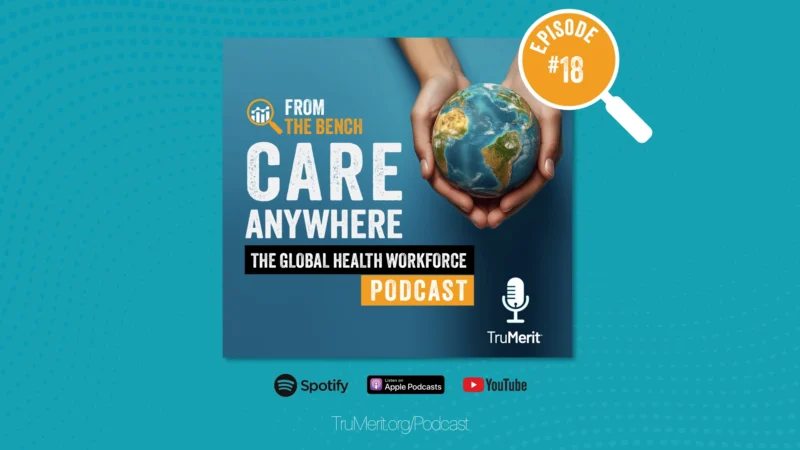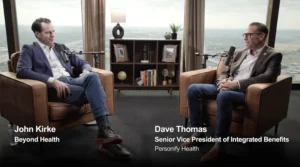Technology Innovation Has the Potential to Improve the Future of Healthcare
Technologies such as analytics, cloud, mobile tools, open APIs, and apps are redesigning the healthcare system infrastructure. These innovative resources offer access to more patient data than has ever been available before, providing hospitals and providers with an unprecedented opportunity to improve the future of healthcare.
Healthcare Innovation is Needed in a Number of Areas
According to 63% of 150 B2B healthcare information and technology marketers responding to an August 2018 Technology Innovation in Healthcare Survey by HIMSS Media, interoperability is the technology innovation most needed in healthcare. Clearly healthcare technology needs to work better from practice to practice. In addition, 52% stated that patient experience can be improved through technology, with nearly 50% wanting to see more progress in the area of electronic healthcare records (EHRs).

Improving Interoperability
HIMSS defines interoperability as the ability of different information technology systems and software applications to communicate, exchange data, and then utilize the information that has been exchanged. Data shared between clinicians, labs, hospitals, pharmacies, and patients, independent of the application or vendor, can generate huge gains in efficiency. More importantly, when interoperability is working at its best, the interchange of patient data among caregivers and other authorized parties from various EHR systems enables a safer, higher quality efficacy of healthcare delivery for individuals and communities both.
Using EHRs and Patient Portals to Improve the Patient Experience
EHRs (Electronic Health Records) are real-time, patient-centered records of an individual’s medical and treatment history. But EHRs have the potential to be so much more than simply an electronic version of a paper file. EHRs that can be accessed through a user-friendly patient portal have the potential to provide a much broader and more comprehensive view of the care a patient has received. EHRs can contain a patient’s medical history, diagnoses, medications, treatment plans, immunization dates, and allergies, as well as radiology images, and laboratory and test results. Adding the advanced analytical capabilities of evidence-based tools to leverage this vital information can assist in clinical decision-making, giving providers the powerful resources necessary to make informed decisions about a patient’s care, creating a healthier society overall.

Barriers to Technology Adoption
There are several factors affecting adoption of fully integrated EHR systems within U.S. hospitals and primary care practices. In addition to technical issues, such as system interoperability and standardization deficiencies, many users have concerns about privacy and confidentiality, a lack of health information data standards, and the number and transience of vendors in the marketplace. Further, in a time when budgets are tight, EHR products require a significant investment. And, of course, many individuals are simply resistant to change or possibly daunted by the learning curve associated with new technology adoption.
ChartLogic Has the Tools to power Healthcare Innovation
EHRs and interoperability offer numerous benefits for providers and patients alike. With initiatives to overcome challenges already gaining traction, advancements and adoption will become steadily universal. ChartLogic continues to improve and grow, staying current with technology trends to ensure improved patient care, office efficiency, and profitability for physician practices. For example, ChartLogic’s Connect Patient is a multifunction patient portal and communications platform that works with any device or browser. And Connect Patient integrates seamlessly with ChartLogic’s comprehensive ambulatory EHR suite that includes Electronic Medical Records, Practice Management, and Billing Services.
To learn how ChartLogic is improving the future of healthcare, visit http://www.chartlogic.com/about/.









